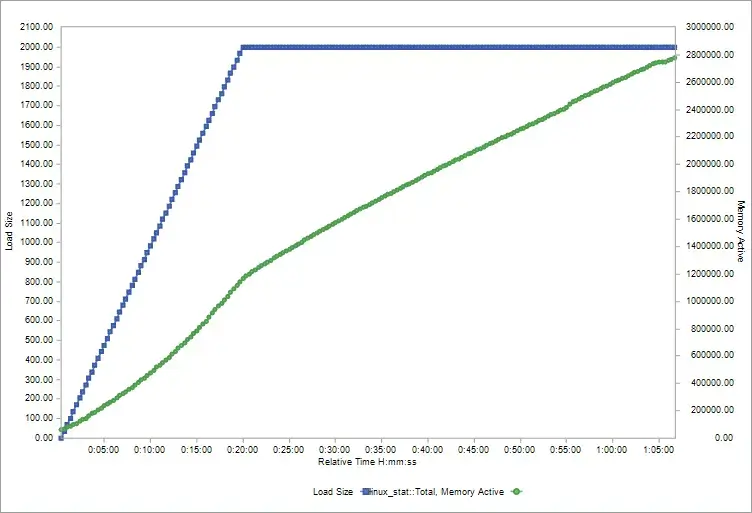Each holiday season has its E- commerce failure headline. Macy’s, Amazon, Apple and many others have hit the headlines. While different symptoms of the failure such as a slow e-commerce website, stuck credit card system, pages with errors, the root cause is constant: insufficient website performance testing.
With these 5 recommendations, you can assure your E- commerce website will work well, and make sure your customers stay happy.
1. Even with the best infrastructure, always include performance testing in you plans
Having confidence in the strength of your infrastructure using a powerful cloud infrastructure with large machines is important but may lead to overconfidence and the assumption that the architecture on its own provides immunity from performance disasters. Misconfigurations, application problems, and other issues may lead to unexpected performance degradation – even when running the most robust enterprise infrastructure.
Always include performance testing in you plans, even when you have the utmost confidence in the strength of your infrastructure.
Even a giant as Amazon, the world’s largest cloud computing provider, crashed on Amazon prime day 2018. Even with the best resources, you aren’t immune to website failures.
2. Plan for the best-case scenario
The worst-case scenario for your performance testing is the best-case scenario for your business.
When planning your load test, if the load placed on the system fails to accurately simulate real-life load, then not much has been accomplished. Estimating the required load can be tricky, as expected traffic is usually based on past and current usage, but these are rear-view mirror estimates that may fall well short of this year’s traffic.
The general rule of thumb to stay on the safe side is to test 120-130% of your load estimate. When it comes to a significant event such as Black Friday, it’s better to be over conservative and plan your performance tests to generate a load that would be at least 200% of your traffic forecast.
3. Test it till you crash it
know your system limits. The cost of increasing the load are inferior compared to the potential losses due to a dysfunctional e-commerce site.
4. Take your time
A common mistake is running tests with high load for a too short period of time. Running a test for a short time may show excellent response times during this short period of testing, but will fail to uncover issues that only surface after a longer period of stress placed on the system.
The graph below illustrates such an example: during the first 20 minutes of the test, the behavior is as expected, with memory consumption increasing as the load is increased. What happens next is not what we would expect, as memory consumption continues to increase even after the load size levels off. This can only be detected by letting the test run long enough while monitoring server-side events too.
Prior to peak e-commerce periods when high loads are expected to last several days, make sure to run performance tests for at a couple of days to simulate extended stress on your website.
5. Make sure all systems work well together
E-commerce platforms include components that are runned by third party providers, for example, a payment system. Although it’s a third-party component, it does not mean that you don’t need to test it.
An end to end test of the entire system is crucial to the delivery of the experience customers expect from your brand.
Avoid being the next e-Commerce failure headline, test your system smartly and make sure your customers are happy
Learn more about Load Testing Best Practices Using WebLOAD







